Famous Streets From Other Cities
Bourbon and Boylston streets, Euclid Ave., Santa Monica Blvd. and others can be found here.

Bourbon Street in New Orleans. Photo by Infrogmation of New Orleans.
Bourbon Street in New Orleans, Beale Street in Memphis, and Santa Monica Boulevard in Los Angeles are all nationally known. Milwaukee’s city map includes those names as well as the names of important streets of New York City, Boston, Cincinnati and Cleveland.
During the latter part of the 19th century and the early 1900s, the most fashionable and wealthiest street in the nation was Cleveland’s Euclid Avenue. The major street began in that city’s Downtown and ran east to the community of Euclid, named for the father of geometry. It went past “Millionaires’ Row,” with block after block of mansions, including the residence of John D. Rockefeller, on a beautiful street lined with elm trees. Travel books of the time recommended that European travelers not miss Euclid Avenue, dubbed the “Showplace of America.”
Cities throughout the country followed suit and named their own Euclid Avenues. Developers in Milwaukee actually named three streets Euclid Avenue. Two were later changed due to redundancy. The one that remains is a block south of, and parallel to, Oklahoma Avenue and runs non-continuously from 2400 East to 9800 West. The street is residential but without mansions. It was named back in 1888 by a Bay View developer.
Another Ohio city’s street name was added to Milwaukee’s map in 1869. Patrick Mallon, an attorney, and his wife Sophia, residents of Cincinnati, speculated in Milwaukee’s future with Mallon’s Subdivision, and named Vine Street. The mostly residential street, at 1800 North, starts at the Milwaukee River and continues west, in bits and pieces, to W. 60th Street. In Cincinnati, Vine Street is the main thoroughfare and commercial street and includes the historic business district.
Joel Parker (1795-1875) lived in Boston, where he was a professor at the Harvard Law School. A year before his death he invested in Milwaukee’s Cambridge Subdivision, in which he named Boylston Street. Boston’s Boylston Street is a major thoroughfare named for a prominent family of Boston merchants and physicians. Milwaukee’s Boylston Street is a one-block long residential street at 2000 North between Cambridge and Warren Avenues.
No one expected a controversy to develop when Whitefish Bay village officials decided to upgrade the name of Richards Street to Santa Monica Boulevard in 1926. In an effort to give their village more glamorous street names, they had named the nearby Hollywood Avenue the previous year without problems, and naming Santa Monica Boulevard fit the pattern. Los Angeles’ Santa Monica Boulevard stretches from Sunset Boulevard to the city of Santa Monica on the Pacific Ocean, passing through Beverly Hills on the way.
By coincidence, although some felt there was a connection, St. Monica Catholic Church was on Richards Street. About one-fifth of the Richards Street property owners objected, saying they didn’t want their street named after the parish (“Santa” means saint in Spanish.) In spite of the argument that the street name had nothing to do with the church name, the name reverted to Richards Street. But after six years of petitions, letters, debate, and the resignation of two village board members, Richards Street was changed permanently to Santa Monica Boulevard in 1932. The only Milwaukee portion of the street is at its intersection with E. Hampton Avenue.
Milwaukee’s Waverly Place was given the name in 1850 by Parker Charles Cole, a New York City investor. It is one block long and runs between E. Juneau and N. Prospect Avenues. Walter Scott may have also been the inspiration for the naming (in the 1870s) of the Northpoint neighborhod’s Ivanhoe, Kenilworth, and Woodstock Places, titles of other novels in the Waverley series.
Bourbon Street, known for its jazz music and party atmosphere, is in the French Quarter of New Orleans. It was named in honor of the House of Bourbon, the French royal family. Beale Street in Memphis is the “birthplace of the blues” and was made famous by the song Beale Street Blues. It may have been named for a military figure.
In 1967, the developers of the Royal Orleans Subdivision near N. 101st Street and W. Fond du Lac Avenue included Bourbon and Beale Streets, both short residential streets.
Carl Baehr, a Milwaukee native, is the author of Milwaukee Streets: the Stories Behind their Names, and articles on local history topics. He has done extensive historic research for his upcoming book, Dreams and Disasters: A History of the Irish in Milwaukee. Baehr, a professional genealogist and historical researcher, gives talks on these subjects and on researching Catholic sacramental records.
Euclid Avenue
Vine Street
Boylston Street
Santa Monica Boulevard
Waverly Place
Bourbon Street
Beale Street
City Streets
-
Revised Milwaukee Streets Book Dishes the Dirt
 Nov 3rd, 2025 by Michael Horne
Nov 3rd, 2025 by Michael Horne
-
The Curious History of Cathedral Square
 Sep 7th, 2021 by Carl Baehr
Sep 7th, 2021 by Carl Baehr
-
Gordon Place is Rich with Milwaukee History
 May 25th, 2021 by Carl Baehr
May 25th, 2021 by Carl Baehr


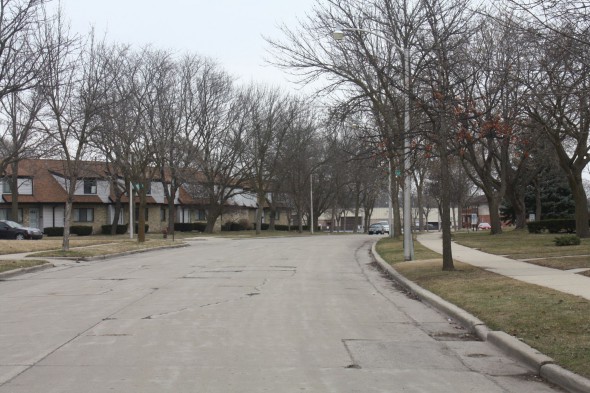
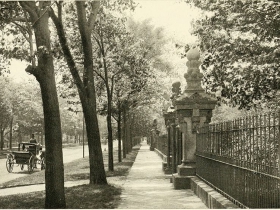
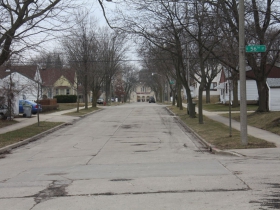
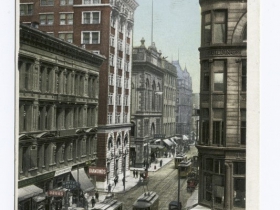
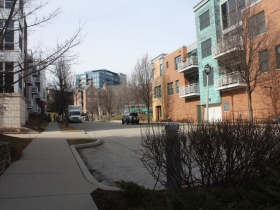
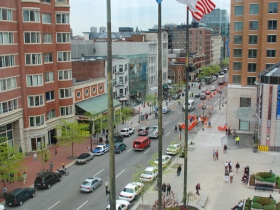
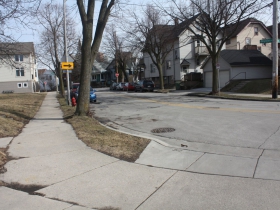
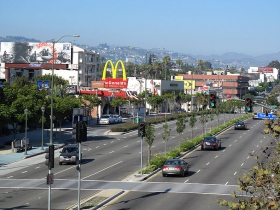
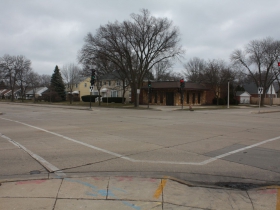
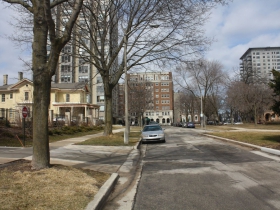
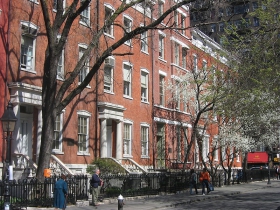
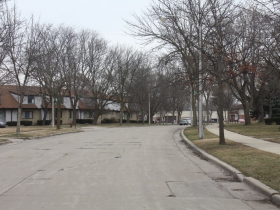
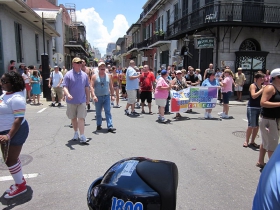
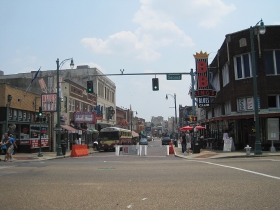
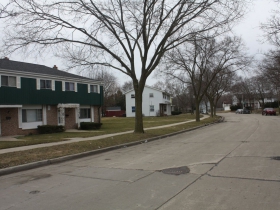


















Hmmmmm…… the Milwaukee versions of the famous streets look kind of dismal.
Boylston Street, at one-block long, is about as short as a street can be. Being so close to my own location, I like to tell others it is the shortest street in the city — but is it really, in terms of actual feet? Does anyone know or care to research this?
Mike, According to the City Engineer’s Office, the shortest street in the city is Brunks Lane near E. Ward and S. Allis Streets in Bay View. A portion of it has been recently vacated leaving it 41.5 feet long.
Good to know Carl! I never even thought of that as a street but just as a cut to make turning easier.
The history of Archer and also Kassner Pl (the only traffic free street I know of) would be interesting.